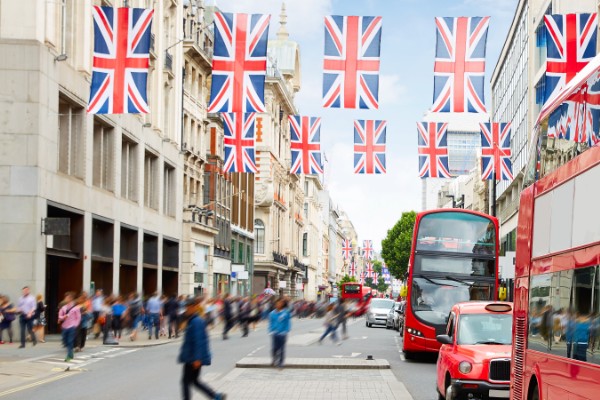UK tourism is struggling to keep pace with its closest competitors, facing a substantial £2.8 billion shortfall in tourist spending.
New research by the Centre for Economics and Business Research (CEBR) highlights a pre-pandemic shortfall in activity, unparalleled in other sectors.
The UK saw a rise in inbound visitors over two consecutive years, reaching 38 million in 2023. However, this figure remains 7.1% below the 40.9 million recorded in 2019. Despite efforts to revive tourism, the gap persists.
The CEBR’s report indicates that tourist spending in 2024 is projected to be 8.0% lower in real terms compared to 2019. This decline equates to a £2.8 billion deficit, significantly affecting sectors like hospitality, travel, and retail.
Competitiveness is challenged by overall price increases, with costs being 23.5% higher than in 2019. The price of accommodation services has surged by 35.8%, restaurant and café prices are up by 28.7%, and airfares have risen by 47.6%. Exchange rate fluctuations further exacerbate these issues.
The UK’s post-Brexit termination of the tax-free shopping scheme further deters high-spending tourists. This policy change makes the UK less attractive compared to competitors that still offer tax-free shopping, thus impacting overall tourism expenditure.
With a new government in office, the focus is expected to shift towards making the UK a thriving tourist destination once again. This will likely involve addressing the identified obstacles and implementing supportive measures.
The UK tourism sector continues to face significant recovery challenges, falling behind its closest rivals due to a £2.8 billion spending shortfall.
Ongoing economic uncertainties and increased travel costs demand immediate and strategic intervention to ensure the sector’s return to growth.

